Types of Metal Roofing with Pros & Cons
On This Page
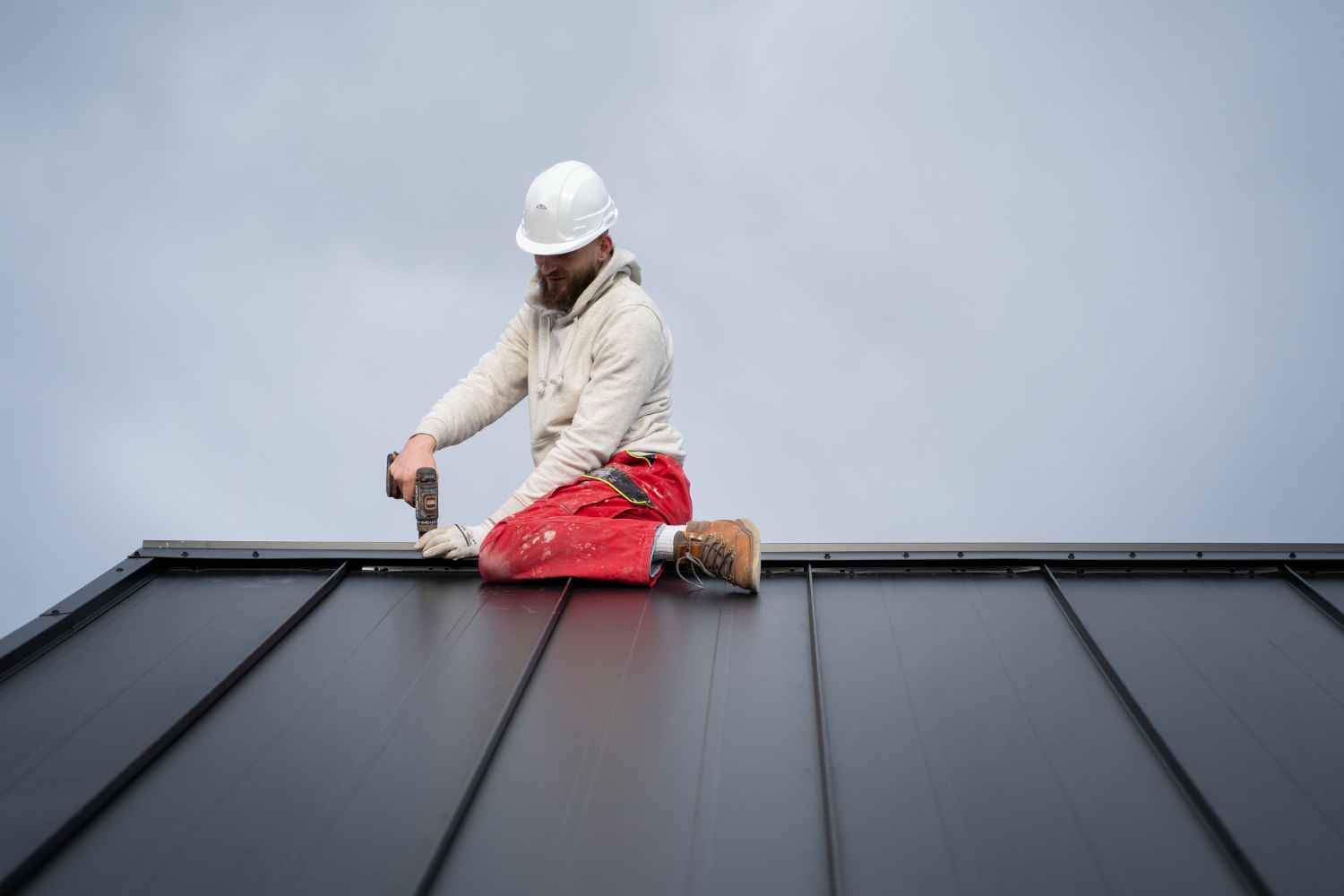
Metal roofs are undoubtedly one of the most widely used roofs. They have vast applications in both residential and commercial projects due to their longevity, durability, and low maintenance features.
Metal roofs come in different types depending on the type of metal being used, i.e. steel, aluminium, zinc, tin, and copper roofs. They can be installed in different forms, i.e. corrugated metal roofing, roofing panels, shingles and standing seam metal roofing.
However, it is hard to choose which metal roof is compatible with your project. All types of metal roofs feature their own unique benefits and drawbacks. Read the blog to understand the 5 types of metal roofs, their pros, and cons to get a complete overview of all the types.
But before moving, let’s have a quick look at the cost differences between all the types:
Type of Metal Roof | Average Cost (per m2) |
Aluminium | £45-£120 |
Copper | £60-£160 |
Zinc | £20-£70 |
Tin | £4-£16 |
Steel | £11.40 |
Aluminium Roofing
Many people presume that the heavier the roofing is, the more durable it is. However, that’s not true. Aluminium metal roof is known for its lightweight, i.e. 5lbs per square foot, and it is highly durable due to its excellent strength-to-weight ratio.
It has varying thicknesses. For residential roofing, the most common thickness used is 0.032” or 0.030”, and for commercial roofs, it is 0.040”. This type of metal roofing is excellent for residential, commercial, and industrial buildings. It is suitable for varying environmental conditions, i.e. high-rain or snow-receiving areas, coastal areas, and high-temperature regions.
Advantages:
- It is energy-efficient.
- It is easily available in the market.
- It is malleable, so it can be bent easily.
- Among all metal roofs, it is highly preferable in coastal areas.
- Due to its lightweight, it doesn’t add stress to the frame of the building.
- It is highly sustainable as 95% of the worldwide aluminium metal roofs are made of recycled aluminium.
- It may come with warranty options, i.e. weather-tight, substrate and paint warranties.
- It doesn’t corrode easily. When it does, it doesn’t produce red dust. Instead, it makes a hard oxidation film that actually acts as a protective layer.
Drawbacks:
- It comes in different colour options but has very less choices in the shades.
- Aluminium is relatively softer and easy to bend. It has more chance of getting dents than steel roofs.
- It is a relatively more expensive metal roofing option than others. For reference, it is 35% more expensive than a steel roof.
- It requires more space for thermal expansion. If not given enough expansion space, it may result in increased noise, oil canning, or exposed fasteners.
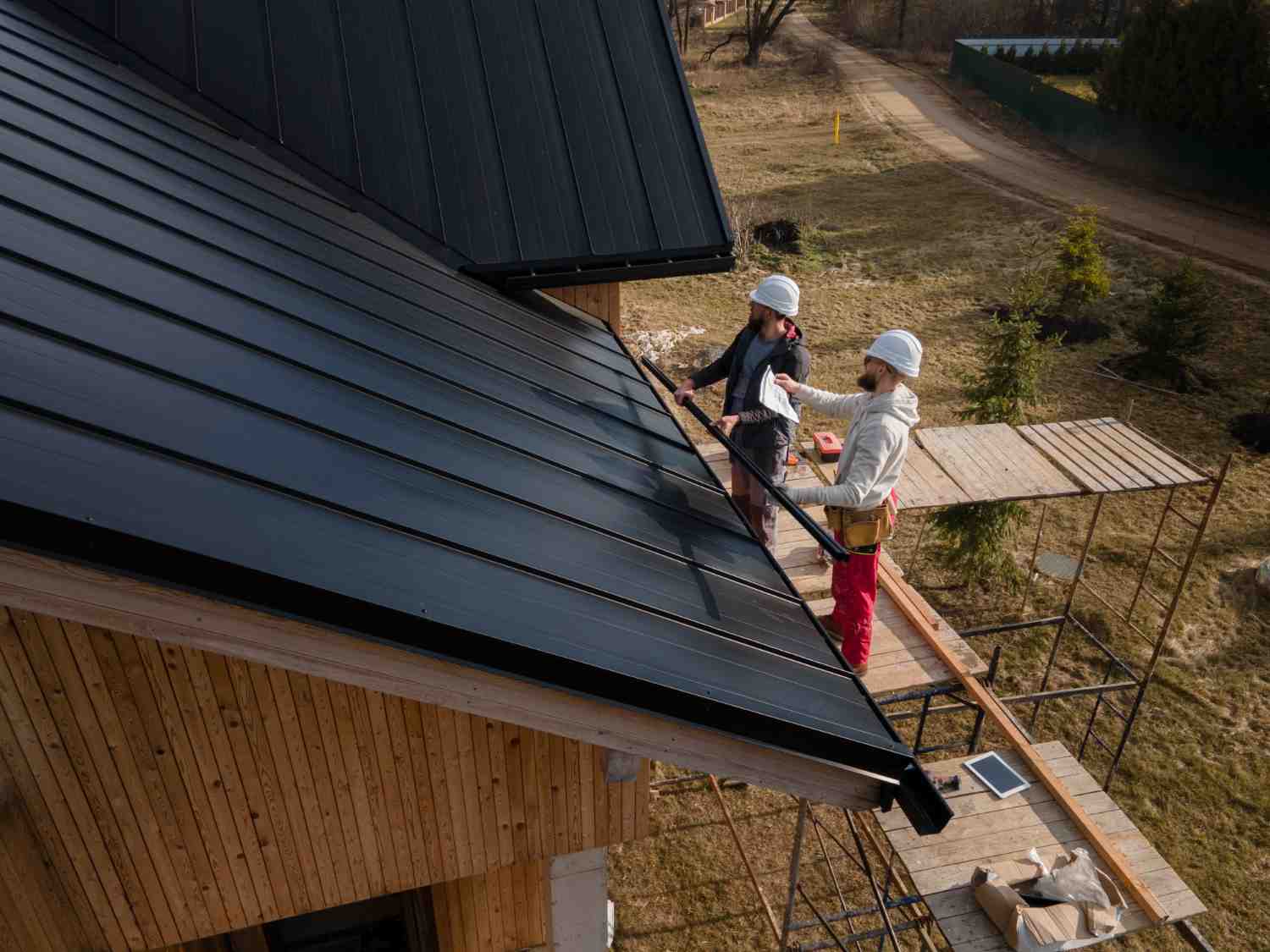
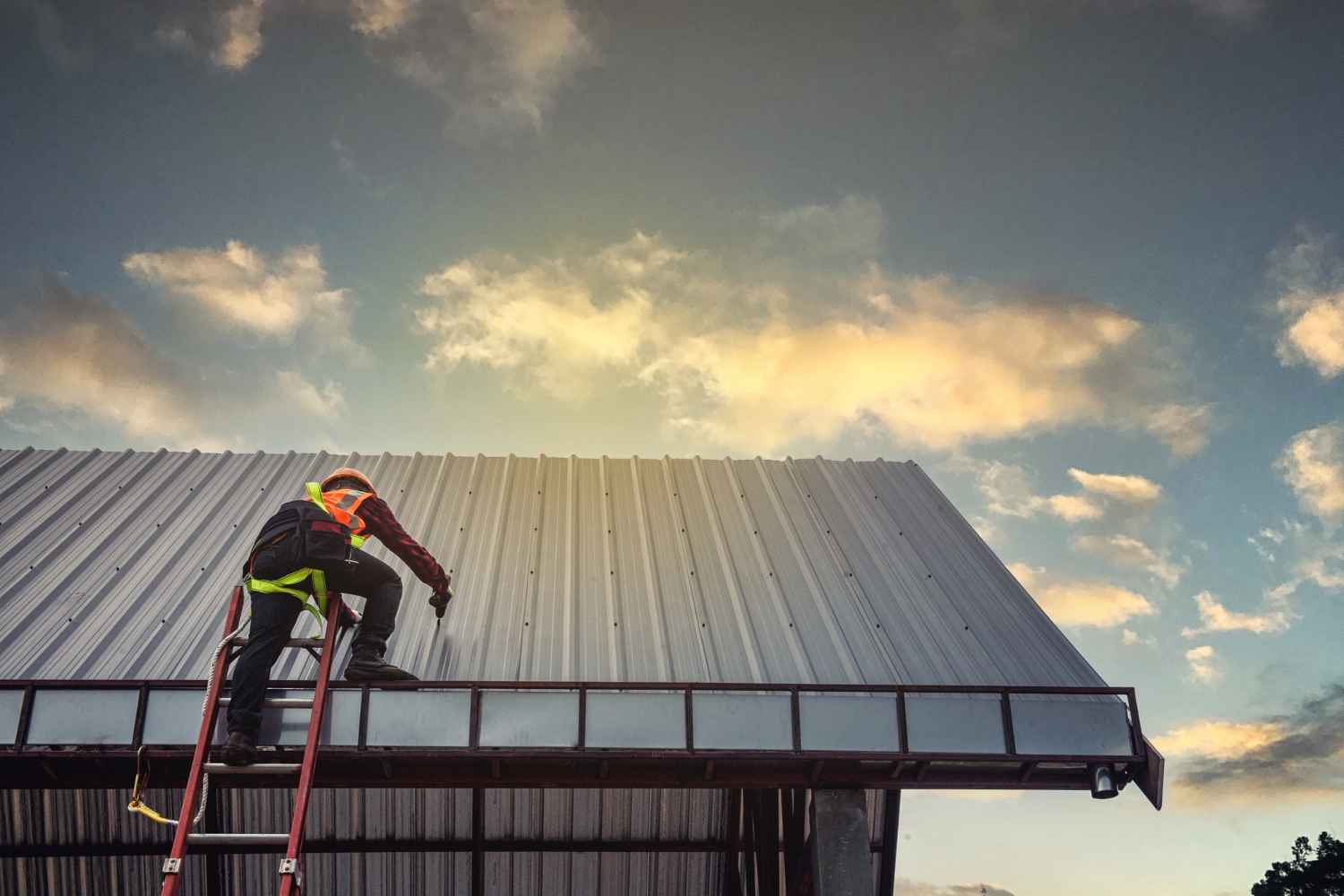
Copper Roofing
Copper roofing comes in different roofing styles, i.e. copper tiles, shingles, panels and sheets. The copper roofing is famous for its striking appearance and colour-changing property.
Copper roof has an instinct to protect itself with a natural chemical process called patination. Due to this process, a layer of oxide is made that changes the colour of the copper roof.
The newly installed copper roof is shiny, featuring the signature colour of copper, and gradually, it changes into a brown or bluish-green patina, depending on the external environment. The most commonly used thickness of copper roof is 16 ounces and 20 ounces.
Advantages:
- It is malleable.
- It is easy to install.
- It is energy-efficient.
- It doesn’t corrode easily.
- It has a high curb appeal.
- It is a sustainable roofing option as it is recyclable.
- It is highly durable and offers longevity, i.e. up to 80 years if maintained properly!
Drawbacks:
- It is not easily available.
- It is not a good option for constrained budgets.
- A copper roof may amplify the noises in extreme weather conditions like a storm, hailing or heavy rainfall.
- A copper roof is a softer metal roof and is prone to denting.
- The copper metal roofs expand or contract with changing weather. It may loosen the fasteners which demands more frequent repairs and maintenance.
Zinc Roofing
Zinc metal roofing is a highly popular roofing option in Europe. It has amazing self-healing properties. Like copper, zinc also changes colour due to patination. In the market, mostly pre-patinated zinc panels are available.
It is 100% recyclable. Zinc is soft and can be transformed in a variety of ways, including corrugated metal roofing. However, the installation must be done by experts like Positive Roofing to make sure your roof is installed seamlessly.
Advantages:
- It helps you save your energy bills.
- It is fire-resistant and insect-proof.
- It is easily available all around the UK.
- It gives an aesthetically pleasing appearance.
- It requires very little maintenance to keep it in its best form.
- The patination process makes it sturdier, hence offering durability.
- It is a lifetime roof as it can last up to 80-100 years if installed and maintained properly!
Drawbacks:
- Post-patination, water presence may cause the formation of a white chalk-like residue.
- It is one of the most expensive roofing options, hence making it less affordable for everyone.
- It demands expert installation like from Positive Roofing. Otherwise, it may cause inconveniences in future.
- If you are installing zinc roofs for patinas, then you must know there is no surety when the process will start. It is unpredictable as it depends on the weather conditions.
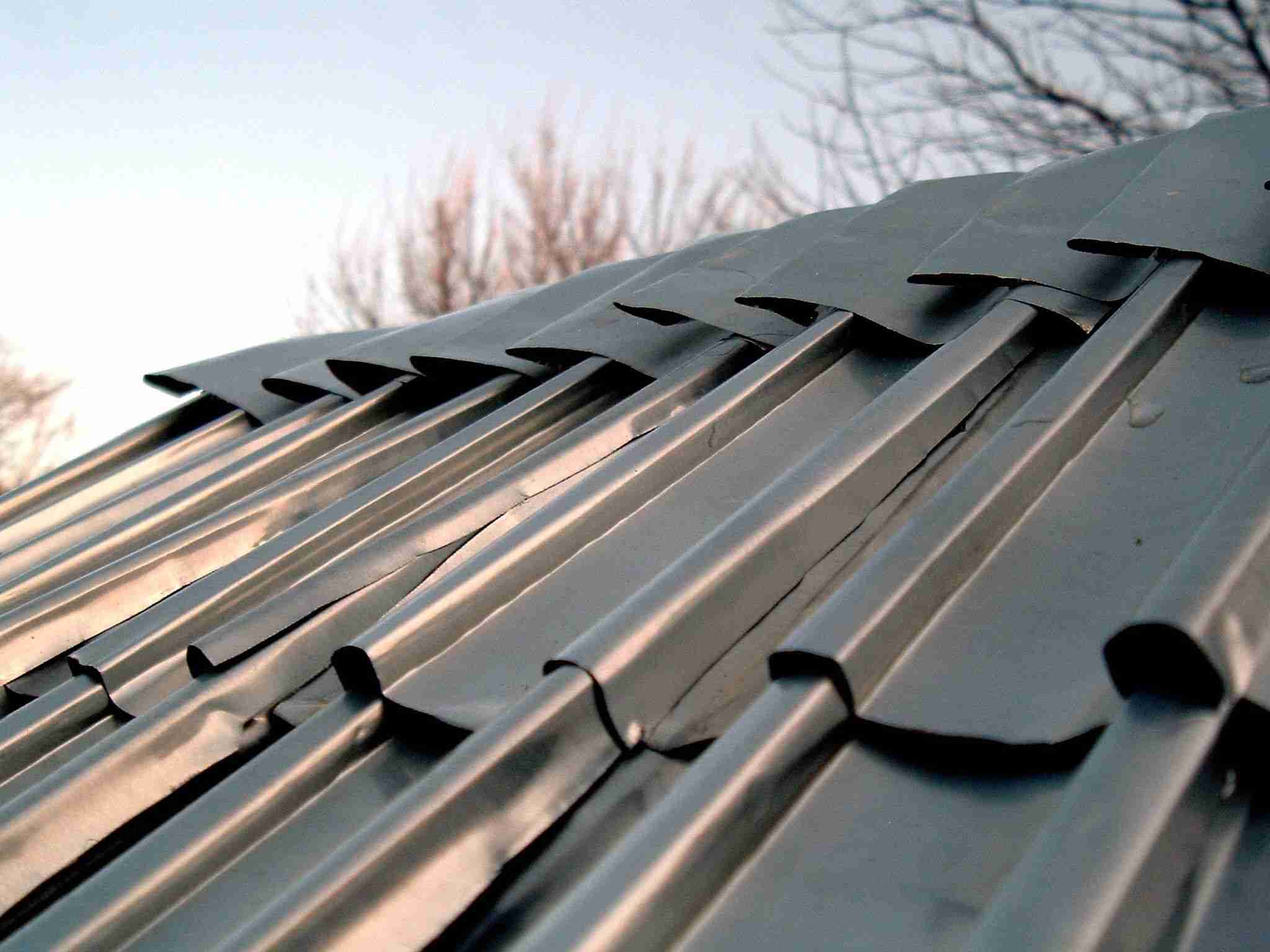
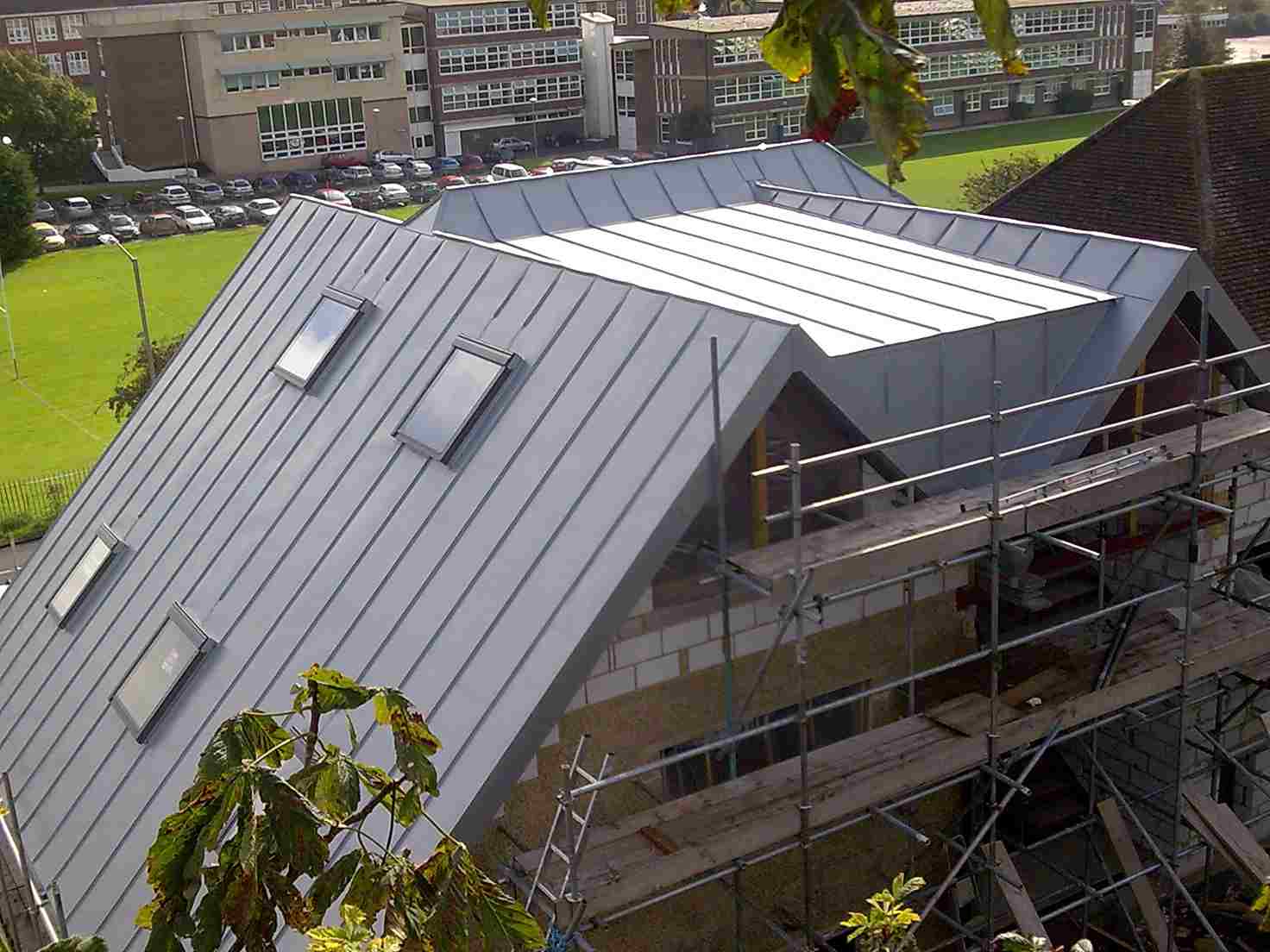
Tin Roofing
It is rarely used in metal roofing. However, it is often used interchangeably with metal, steel or aluminium metal roofing. The roofing material is made by chemically bonding tin with rolled steel. This amalgamation ensures increased durability and prevents the roof from cracks.
Advantages:
- It is durable.
- It has easy installation.
- It is resistant to corrosion.
- Similar to aluminium, it is also very lightweight.
Drawbacks:
- It is no longer used or may be used rarely anywhere in recent times.
Steel Roofing
Steel itself is not a metal but an alloy made of iron and other materials. It is one of the most commonly used metal roofs. Many people use steel roofing interchangeably with metal roofing.
It has abundant usage in commercial roofings; however, it is gaining momentum in residential roofings as well. It can be rolled into varying dimensions of length and width. Currently, there are three popular types of steel being used:
- Weathering Steel: It is a highly durable steel that is designed for sturdy steel industrial or commercial infrastructures like bridges. However, it requires regular maintenance.
- Galvanised Steel: This type of steel roof is made by adding a zinc coat to boost the durability and longevity of the inner layers of the steel sheets. It is the most commonly available steel sheet in the market.
- Galvalume Steel: It is even stronger than galvanised steel as it involves the coating of both zinc and aluminium. The combined properties of both metals make the steel sheets super durable and corrosion-resistant.
Advantages:
- It is durable.
- It is affordable.
- It is recyclable.
- It is lightweight.
- It has easy installation.
- It requires less maintenance.
- It is available in different colours.
- It is resistant to corrosion, fire and rotting.
- Unlike other metal roofing options, it doesn’t dent easily.
Drawbacks:
- It has greater weight.
- It requires regular cleaning.
- It requires demanding installation, and if not installed properly, it may not last longer.
Selecting a suitable roof type is an arduous task, and it must be selected with the consultation of a roofing expert. Moreover, installing the roof is also crucial to ensure its longevity and durability. If you are looking for the best roofing experts, then try the roofing services offered by the experienced experts at Positive Roofing!
